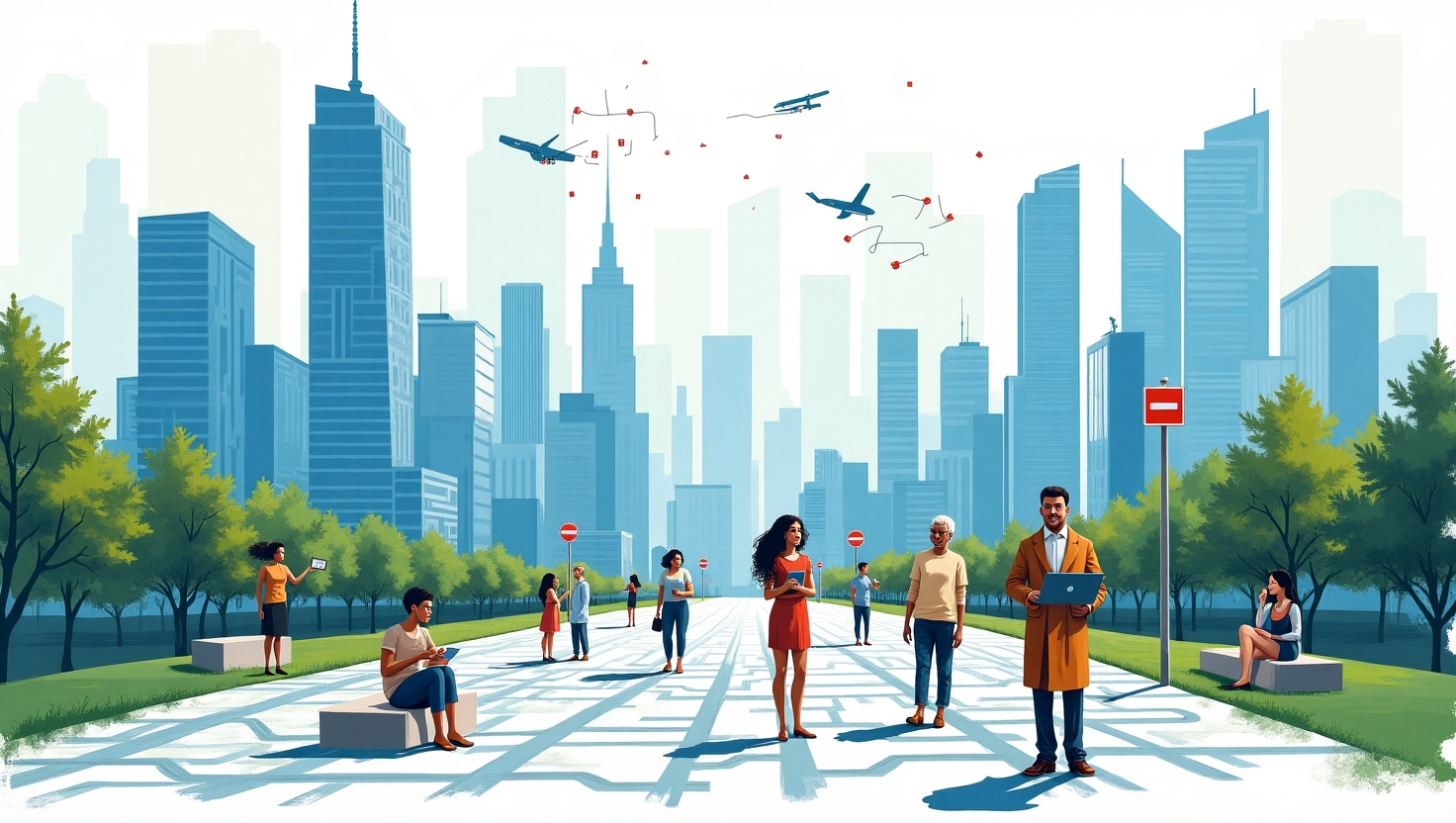The Hidden Truth About Urban Algorithms That Could Change City Life Forever
The Role of Algorithms in Improving Urban Environments: What Went Wrong
Introduction
Urban algorithms have become an integral part of modern city planning, promising to streamline the decision-making process and create more efficient urban environments. These systems leverage data-driven decisions intended to enhance everything from transportation networks to emergency services. However, the implementation of these algorithms has often led to unintended, sometimes devastating, consequences that overshadow their potential benefits. Analyzing these failures offers valuable insights into the limitations of relying on urban algorithms for city planning and governance.
Background
Algorithmic governance, the use of automated systems to assist in policy and administrative tasks, is not a novel concept. Historical cases exemplify how algorithmic governance can lead to disastrous results when divorced from local context and expertise. One such instance is the mismanagement of Prussia’s forests in the 18th century. As efficiency became increasingly quantified, simplified metrics replaced the nuanced understanding of local ecosystems, leading to ecological devastation known as \”Waldsterben\” or \”forest death.\” Similar algorithmic oversights were witnessed in New York City’s 1970s firefighting strategies. Here, a data-driven decision led the RAND Corporation to advise the closure of numerous fire stations, inadvertently exacerbating fire outbreaks in already vulnerable communities.
Both examples illustrate how bureaucratic simplifications and over-reliance on high-level data can overlook essential local knowledge. As Flood observed, \”high-tech systems reflect the misjudgments of their creators,\” a critical flaw that often culminates in the prioritization of data over the real-world impacts on communities (source). These cases should serve as cautionary tales in the current era of urban algorithms.
Trend
In recent years, there has been an observable trend towards extensive use of government technology in urban planning. From traffic optimization in San Francisco to crime prediction in Chicago, algorithms increasingly dictate how cities operate. Unfortunately, these implementations often place high-level data collection above the concerns and needs of local residents. For example, predictive policing models may inadvertently target minority neighborhoods due to biased data inputs, a factor not accounted for in purely statistical terms. This priority for data over community impacts symbolizes a critical flaw in contemporary urban governance.
This shift has not gone unnoticed. Critics argue that these data-driven decisions are misguided, with technologies often deeply embedded in contexts where they fail to adapt to real-world variability (source). As a result, rather than serving their intended purpose, these technologies often exacerbate existing societal issues, echoing past failures in urban algorithms.
Insight
Analyzing the consistent failure of algorithms in providing positive urban outcomes reveals a tension between rigid algorithmic systems and the flexible, nuanced insight required in city governance. Algorithms have their foundations in predictability and structure. However, urban environments are inherently complex, requiring adaptable strategies that algorithmic systems often lack. The over-reliance on algorithms thus runs parallel to attempting to fit a square peg in a round hole; it may seem simple on the surface but overlooks underlying complexities.
Research suggests that critical biases in algorithm design and inputs result in decisions that fail to account for local variables. High-level data fails spectacularly when applied broadly without essential context (source), echoing historical failures that offer lessons in the importance of integrating local expertise and dynamic inputs.
Forecast
Going forward, the future of urban algorithms in city planning may see a shift towards more inclusive methodologies that incorporate local knowledge and input. Agile development practices could become more prevalent, replacing rigid, one-size-fits-all models with those that allow continuous feedback and adaptability. By embracing an iterative approach, cities stand a better chance of mitigating potential negative outcomes and enhancing beneficial impacts.
Moreover, the integration of community impacts within the algorithmic design, coupled with transparent data usage policies, could transform how these systems serve urban populations. There is growing recognition of the need to balance data with the nuanced, often unquantifiable needs of individual neighborhoods.
Call to Action
As urban residents and stakeholders, it is crucial to question and reshape existing algorithmic governance practices. Advocating for transparency in the deployment of urban algorithms and demanding greater community involvement can lead to more equitable and effective city planning. Engaging in local forums, participating in feedback loops for city projects, and staying informed about the technologies influencing urban environments are vital steps.
For resources on how to advocate for data-driven decision-making that prioritizes community impacts, reference articles such as: These Algorithms Were Meant to Improve the Human Condition—They Failed. Collaboration between technocrats and local communities holds promise for a future where technology complements, rather than compromises, the human condition.
In conclusion, while urban algorithms promise efficiency and innovative solutions, their real-world implementations show a need for caution and improvement. By learning from the past and adapting approaches, we can better shape the future of our cities.

